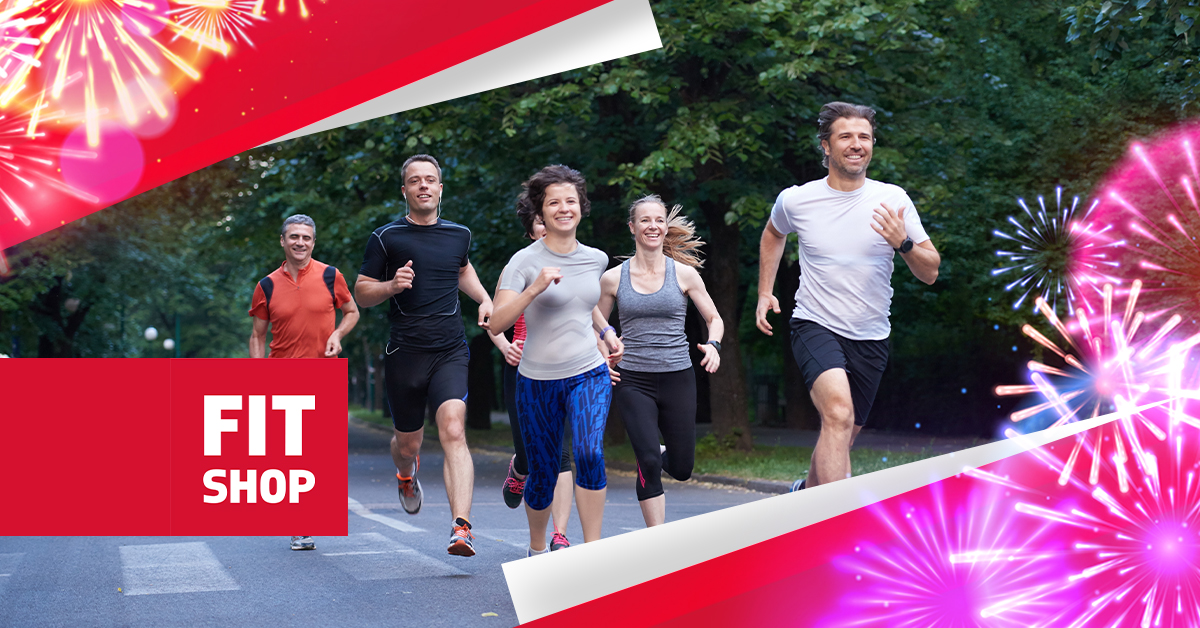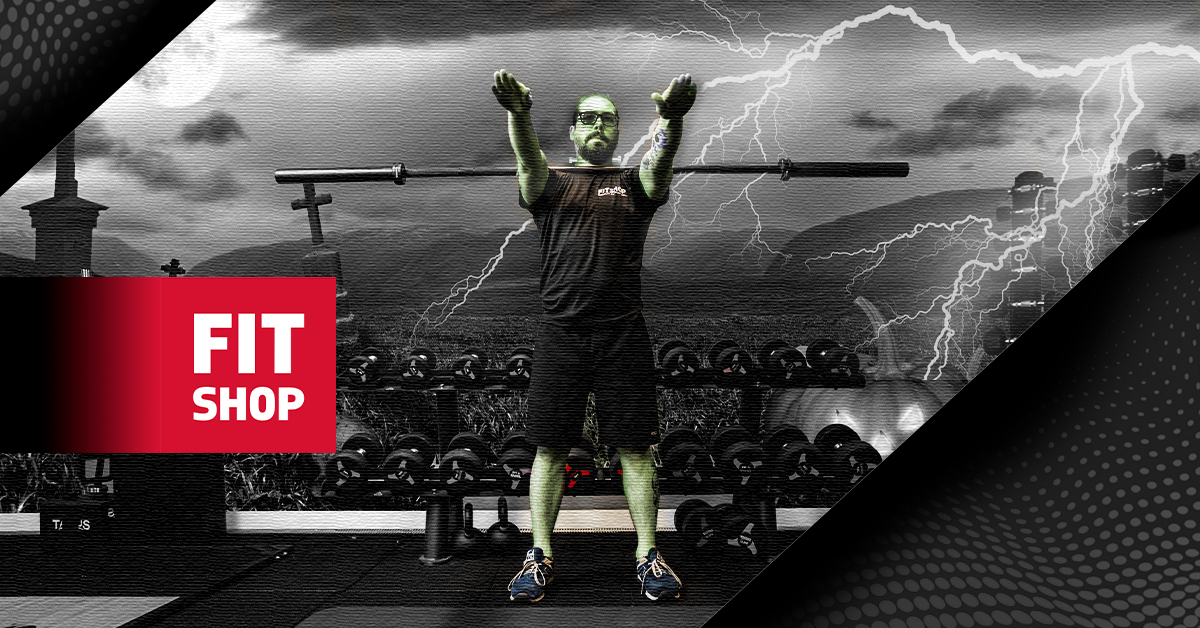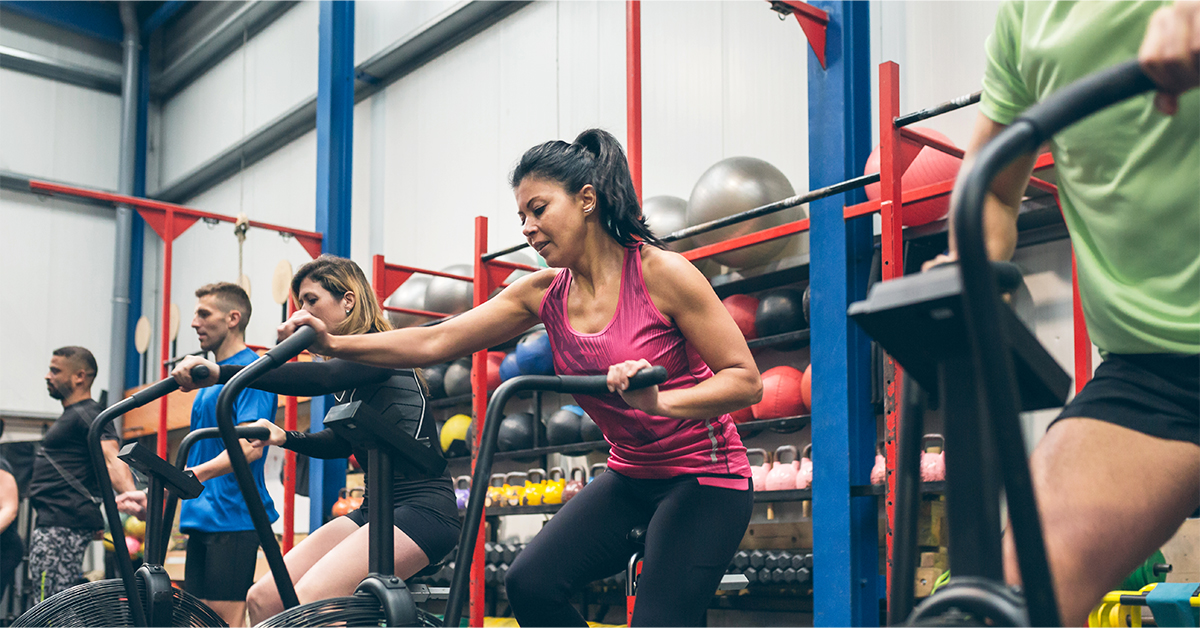Making Your Tennis Training a Grand Slam!
Last week, Fitshop discussed table tennis, pickleball and teqball equipment, and this week, we are getting into the nitty-gritty of training for Tennis ahead of this year’s Wimbledon competition. With over 3 million people and 16,800 clubs across Great Britain, there is a buzz in the air ahead of Wimbledon 2024. In today’s blog, we are serving up some training tips to read as you enjoy your strawberries and cream. Tennis puns aside, these training methods can help develop your game but are also great for non-tennis players who are looking to change up their routines. So whether you’re an ace on the court or just looking for some inspiration, Fitshop has you covered.
Tennis Training Fundementals
For this blog, I want to approach tennis-focused training as if I were planning a gym session. It is impossible to discuss all the intricacies of a sports training program in a single blog post, but I hope that you find the advice below useful for your training, whether you’re going for the grand slam or just looking to mix up your training!

Warm-Up
The importance of a solid warm-up in tennis training cannot be overstated, especially with highly active sports such as tennis. Your warm-up must include dynamic stretching, with a focus on the hips and shoulder joints.
High knees are a great warm-up exercise for getting the blood pumping while also stretching the glutes and hip flexors. They work particularly well when paired with hip openers and closers, which focus more on the hip flexors.
Step-ups onto a large plyometric box are another great way to warm up whilst also developing flexibility and power. We can develop this exercise later by adding kettlebells to really push the limits!
Movement drills based on court activities, such as fast feet, side steps, and reverse lunges, are great for warm-ups and can act as a development base for later stages in the workout as we move on to post-warm-up functional training.

Functional Training
After a solid warm-up, it is time to start progressing the training and manoeuvres into a challenging and developmental workout. If we take the side-stepping exercise we did in the warm-up, add a medicine ball with handles and simulate the forehand and backhand motions as you move. If you’re working with a training partner, passing a larger slam ball to each other as you move adds an element of hand-eye coordination as you build power.
There are some brilliant functional tools available to gymgoers and sports practitioners that can help develop your game. The TRX Rip Trainer was developed for this exact reason. Its asymmetric resistance is perfect for racket sports, mimicking the feel of a tennis racket and the power required when hitting the ball while you train. The Rip Trainer is also a fantastic tool for sports such as golf, martial arts, and general HIIT training for those who want some variety in their training.
Sprint Tracks are another fantastic tool for gyms to have in their itinerary for multiple sports. Tennis is no stranger to needing bursts of speed, and drilling sprints on the track helps develop speed and power. Combine this with a partner doing medicine or slam ball pass at the end of each sprint, which increases the intensity and challenge of this exercise and is a great finisher before moving on to strength training.

Strength Training
Strength training is essential to any workout, and for this blog, we will focus on shoulder and leg development.
When training legs with tennis or an explosive element, a Smith machine is the perfect tool to focus on power under the safety of the Smith frame. Guide bars, spotter arms and the hooked bar are perfect for training heavy and pushing your limits when training solo.
In a previous blog, we covered the benefits of tempo training when considering explosive power; combining a heavy Smith squat with this style of training is a great option. Adding a pause at the bottom of the squat and exploding back to a standing position works the quads, glutes and calves. Pairing explosive squats with an isolating leg curl makes for an excellent superset that hits all the major muscles in the lower limbs.
When it comes to shoulders, the shoulder press machine is undeniably one of the best ways to work out. However, you should consider choosing a machine that allows you to train isolaterally (one side at a time), such as the Taurus Elite Iso Shoulder Press Machine. By focusing on one side at a time, you can train each side of your body equally, iron out any weak spots and avoid side dominance, which is very common in tennis players and can sometimes lead to conditions such as scoliosis.
In our blog on pre- and post-exhaustive training, we have a great dumbbell shoulder set that can be a great finisher for your shoulder training session.
Proprioception and Core
Building core strength toward the end of your workout is a great way to finish off your workout. Balance trainers are a valuable tool for all forms of training, but we can put a tennis spin on this by having a partner place a tennis ball in the centre of the platform while you hold a plank; you are forced to use your core and shoulder stabilisers to keep your balance whilst you keep the ball centred. As you get closer to exhaustion, the more you need to engage your shoulder stabilisers, the more the challenge increases. Building shoulder strength like this not only helps build strength but also avoids injuries and strains while you play.
Be sure to drop us a like and a comment if you enjoyed today’s blog, and let us know if you’ve used any of the techniques featured here! Join us next time on the Fit Blog for a deep dive into designing gyms for professional football clubs!




Post Comment